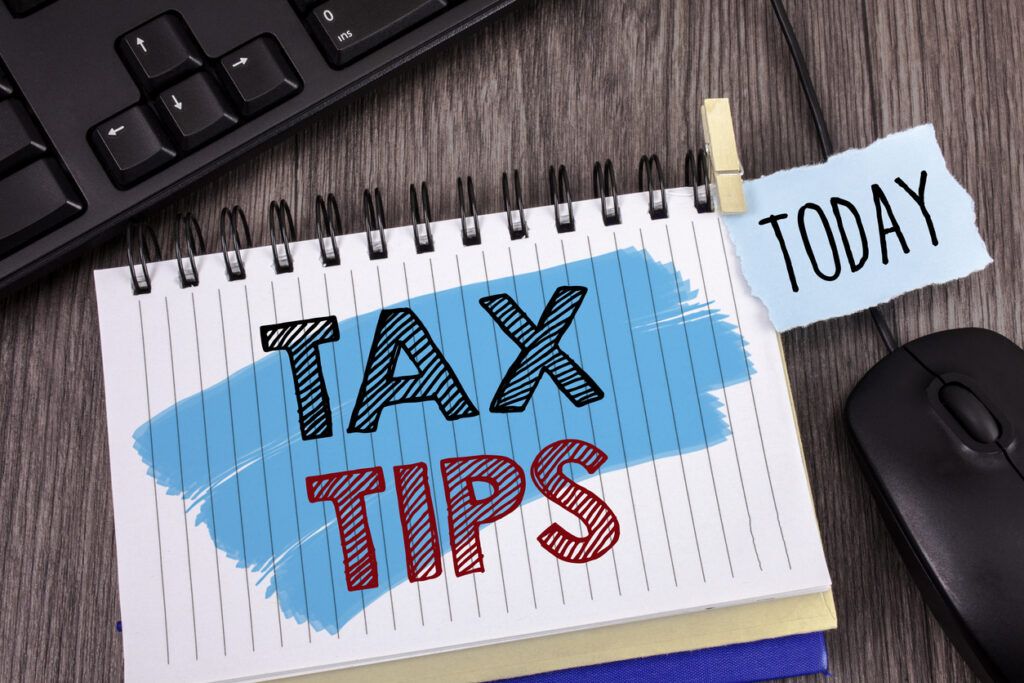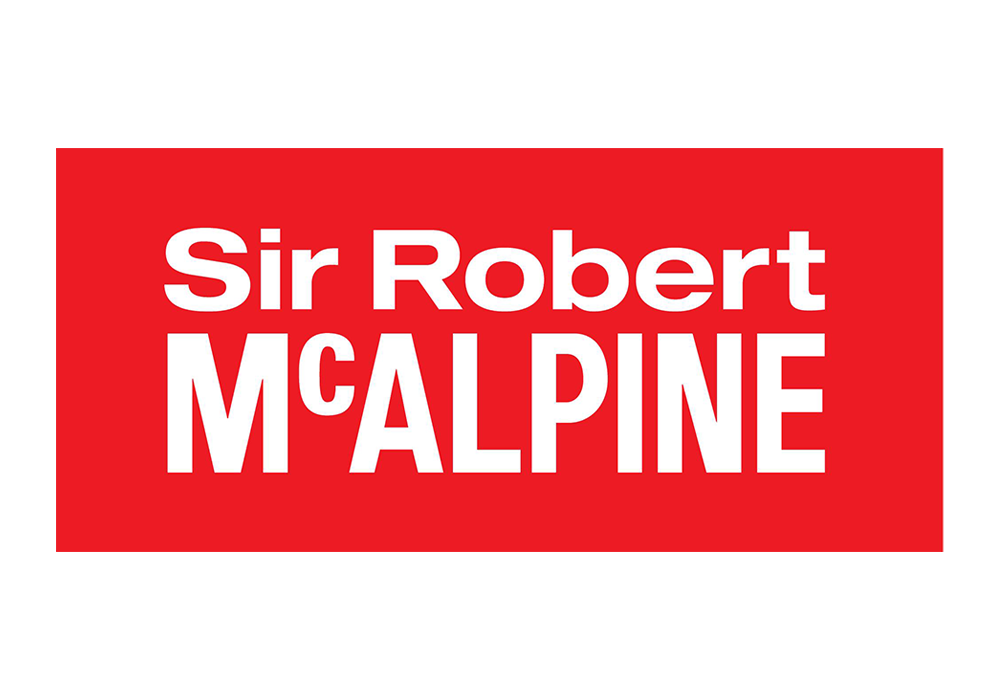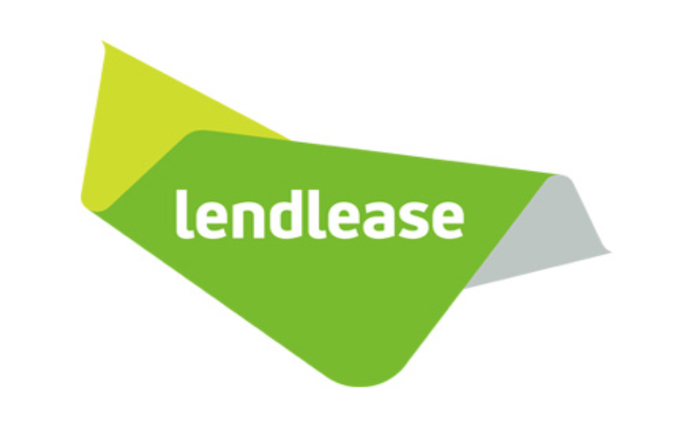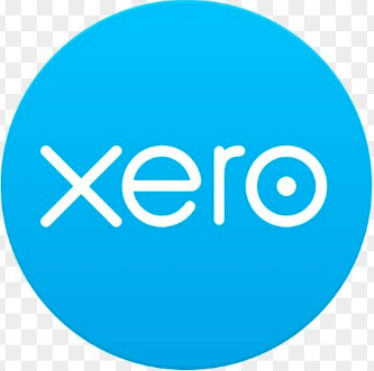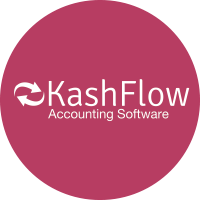Taxes and death are seemingly the only inevitable things in our lives. Well, according to Benjamin Franklin anyway.
We have to pay our taxes of course but there are a number of things that can be done to minimise the tax you pay to help reduce your annual tax bill.
We have shown 5 top tips below but there are many other ways that we can help with advice and guidance on all tax matters so should you need to discuss in detail or require advice on any of our tax saving ideas please do not hesitate to contact us.
- Charitable Giving and Gift Aid payments.
Making donations to Charity under gift aid not only allows the Charity to reclaim extra money from the Government, but for you personally if you are a higher rate taxpayer, it means that you are entitled to additional tax relief on the donations that you make.
Keep a record of any Gift Aid payments and these will be reported on your Tax Return and the additional relied claimed.
- Make Personal Pension Contributions
Making payments into a personal pension plan is very tax efficient. The payments that you make are topped up by the Government. So, for every £100 that you contribute, the Government will add a £25 contribution, meaning that your contribution in total will be £125.
Additionally, if you are a higher rate taxpayer you will also get additional higher rate tax relief on the overall £125 contribution made, making pension contributions very attractive.
Even if you are not earning or have relevant earnings for pension purposes, then you can still contribute a maximum of £2,880 per year into a pension (this is £240 per month) and the government will top this up to £3,600.
- Be tax efficient on your savings income.
If you are a basic rate taxpayer, then the first £1,000 of any savings interest income received is taxed at 0%. If you are a higher rate taxpayer, then only the first £500 of savings interest is taxed at 0%.
If one partner is a higher rate taxpayer and the other a basic rate taxpayer, then there are efficiencies in having savings held in the basic rate taxpayers name.
Also – don’t forget to use your ISA too! Based on current rates, £20,000 per person can be put into an ISA this year. The ISA wrapper ensures that any income and growth is free of income tax and capital gains tax and does not need to be reported at all on your Tax Return.
Using an ISA is a useful technique for converting potentially taxable interest into non taxable income.
- Invest money into an EIS Scheme or VCT
There are immediate tax efficiencies of investing into an EIS (Enterprise Investment Scheme) or VCT (Venture Capital Trust). Both give tax relief of 30% of the investment, and this comes in the form of a tax reducer in your Tax Return.
For example, if you invest £10,000, you get a £3,000 reduction off your tax bill, regardless of the top rate of tax that you pay.
Additionally, the income you received from these types of investments are free of income and capital gains tax and do not have to be reported on your Tax Return.
With these types of investments there are risks involved, and there are limits on the amount you can invest in both types, and there are also rules around how long you have to hold these investments for so careful consideration should be given here.
- Claim Marriage Allowance.
A couple can make a claim for Marriage Allowance – this is where you can claim a proportion of your partners unused personal allowance. For 2019/20 you can transfer up to 10% of your unused allowance, so £1,250, to your partner – a claim worth £250 this year.
Rules apply of course, one of the couple must earn less than the current personal allowance of £12,500 and the other partner earn over this amount but must not be a higher rate taxpayer.
If you have not claimed this before, you can make a claim for the previous 4 years in total which is a tax claim of over £900.
If you want further advice and guidance on this complex matter, Contact us today to arrange a FREE consultation, we have Chartered Accountants and Tax Advisers in Canary Wharf, Essex and Manchester waiting for your call.


